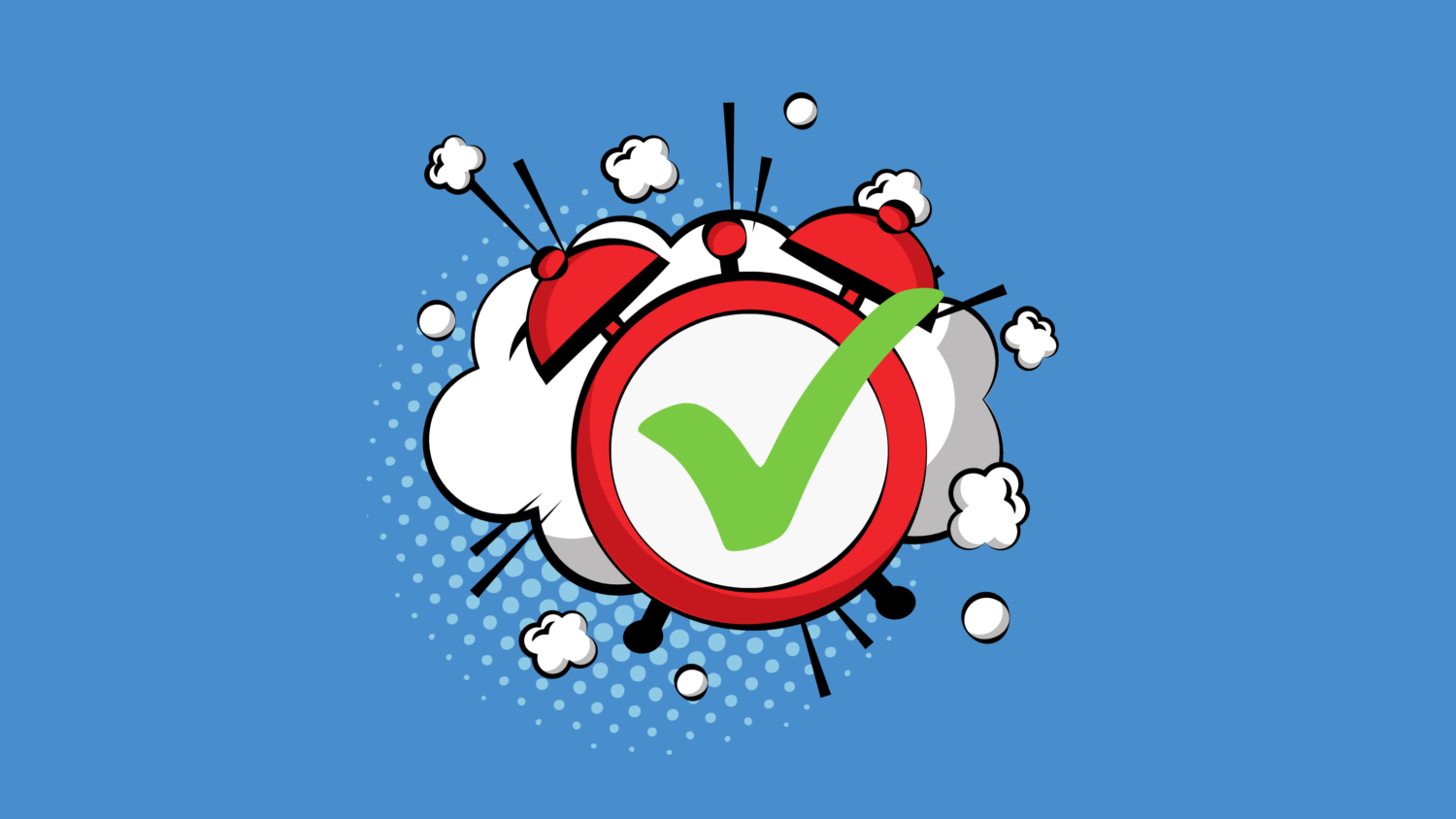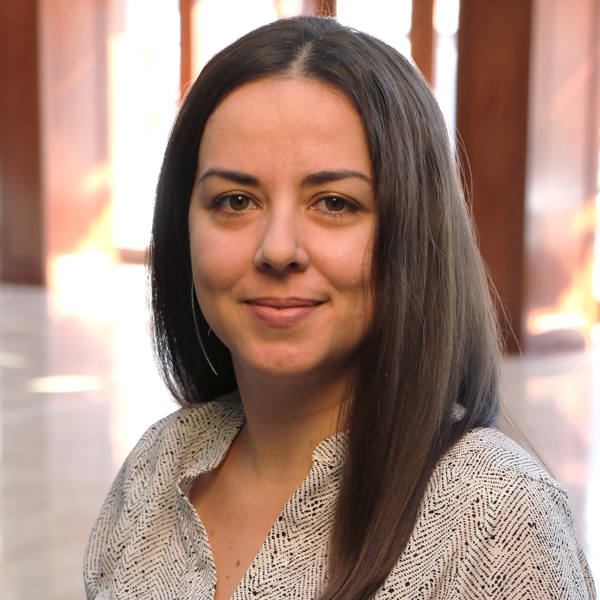You will learn
Misinformation may be hiding in plain sight on your social feeds. Learn why false or misleading posts spread online and some quick ways to spot them.
Before we dive in, meet the MediaWise Campus Correspondents:
Read the video transcript (PDF)
Discussion
- Why would someone want to create false information?
- Why do people share false information?
MediaWise Campus Correspondent Kobe McCloud explains further:
Read the video transcript (PDF)
Vocab
What claims should you verify?
Before you embark on your fact-checking journey and put the three questions from the Stanford History Education Group into practice, there are several things to consider. First, think about the importance of the claim. For professional fact-checkers, this is an editorial decision — the mission of the organization may guide what claims to verify.
It may be time consuming for you to fact-check the entire internet. That’s why it’s critical to consider how important the claim is along with its potential impact on the broader public. Is the claim about a major event in the news? How likely is it to spread? Misinformation related to current events tends to thrive.
Additionally, our colleagues at PolitiFact explain that they select claims that can be verified through facts. For example, PolitiFact does not check opinions, predictions or pure rhetoric.
Objective & subjective statements
Objective statements have facts that can be verified. Some examples of information that are verifiable are: names, titles, dates, places, data and any other factual piece of information that can be checked.
Subjective statements represent the view of the individual, whether or not they are based on truth. Such statements may be biased and based on the person’s beliefs.
Sometimes it’s not even worth fact checking some claims because they present a subjective view. Statements that are eligible for a fact-check should contain at least one fact that can be objectively verified.
Three key questions
When you come across something suspicious online, consider these three questions from the Stanford History Education Group:
- Who is behind the information?
- What is the evidence?
- What do other sources say?
Can you answer the questions for that claim? If you can’t, it’s a red flag that the information might be false or contain falsehoods.
Deconstructing a claim
Summary
It’s good to be an active consumer of content online, rather than a passive one. When you see a suspicious post, evaluate it to determine whether it’s an opinion or something you could fact-check. Then, put the three fact-checking questions into practice.


